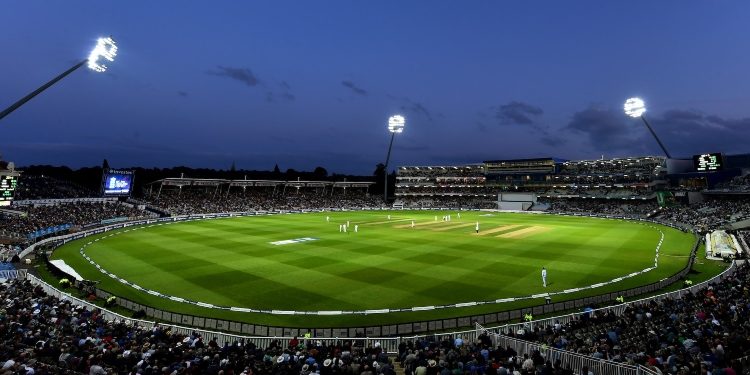It’s an exciting time to be an England men’s cricket fan. In the white ball game, Jos’ boys are world T20 champions, and the Test team have developed a new, aggressive style of play that has done anything but say “Test cricket is dead”. It’s fair to say, we can’t wait for the summer.
It’s an Ashes summer, with sell outs across the series, and while there are many cricketing questions to be asked over the coming months, from a spectator point of view, one question that perhaps needs asking is, has cricket got too boozy?
A day at the cricket with a few pints has always been popular. In fact, a sunny afternoon and an ice cold plastic cup of lager – there are few feelings like it, but over the last few years, both in international cricket and domestic T20, anti-social behaviour and binge drinking has reared its ugly head.
Of course, drinking culture at games is highly profitable for the grounds, but is it stopping others from enjoying the cricket in the same way they should be?
A football-like culture is working its way into cricket, alongside being in a nation where more people need help with alcohol than ever before. Addiction rates are at record levels and surveys have shown more and more people are turning to alcohol as an escape from the stresses of day-to-day life.
But in many cases, and especially large groups of males at the cricket, it’s also leading to a rather unsavioury environment. It feels crazy to say, but for an increasing number of people within the stadiums at cricket, the cricket is secondary.
So what can we do about it? After all, it’s anti-social behaviour.
Many counties and during internationals do have a family stand or alcohol free stand, which does create a safer and friendlier environment, particularly for children, while sat watching the match, but outside of that, when visiting the toilet, getting food, or even travelling to and from the ground it can still be frightening.
It’s perhaps not a question for cricket per se, after all it’s a societal problem and how do you stop bars from selling as much beer as they can to maximise profits? Limiting those sales would alienate both sponsors and fans.
There is perhaps learnings to be taken from elsewhere though. The Women’s World Cup Final in 2017 showed that you can fill stadiums and not have a yobbish like crowd, the IPL relies very little on alcohol sales, although India doesn’t have quite the same drinking culture compared to the UK, while The Hundred has filtered out a large number of large groups of rowdy drinkers, providing a more family-friendly environment.
There will always be value to be had from a pint of beer at the cricket. It is one of life’s pleasures, but one turning into four, five, six could ruin what could be one of the most exciting summers of cricket for many people sat in the stands.
David Prior
David Prior is the editor of Today News, responsible for the overall editorial strategy. He is an NCTJ-qualified journalist with over 20 years’ experience, and is also editor of the award-winning hyperlocal news title Altrincham Today. His LinkedIn profile is here.












































































